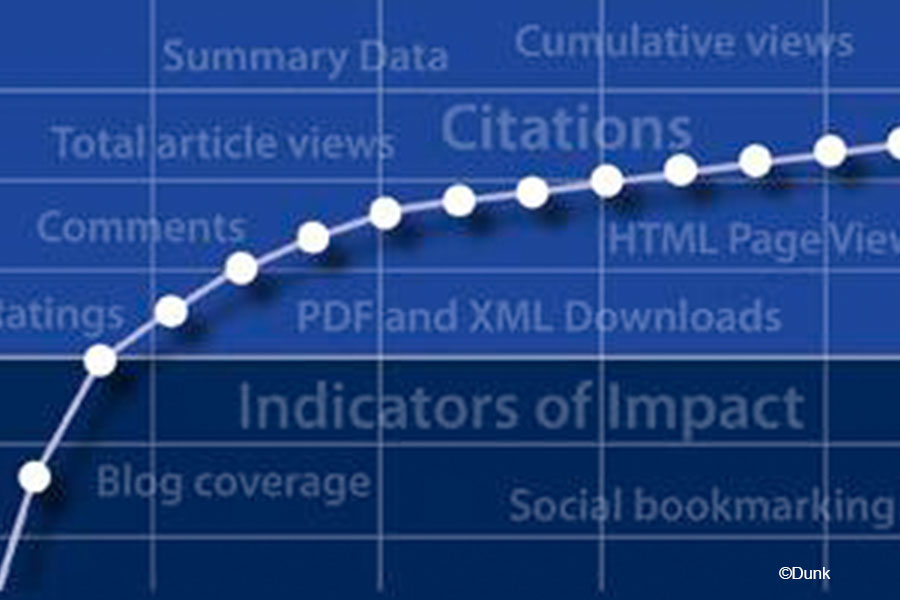Bibliometric analysis and its application to evidence mapping
I have been looking for an opportunity to learn about the concepts and uses of bibliometric in research evaluation for a while now. Luckily, I recently got the chance to attend a course on ‘Bibliometric and Scientometrics for Research Evaluation’ organised by Centre for Science and Technology Studies (CWTS) at Leiden University in The Netherlands.
The programme included an introduction to the use of bibliometric in research management, different bibliometric data sources and data collection, citation analysis and journal impact indicators. It was a three-day course and included in-depth and interactive sessions.
Below is a summary of my key learnings from the workshop. I look forward to applying some of these in my own work.
Bibliometric analysis and bibliometric data sources
Bibliometric analyses refer to the use of statistical methods to analyse quantitative studies of publications and publishing patterns.
Web of Science, Scopus, CrossRef and Dimensions are important data sources, covering vast numbers of international journals in science. However, coverage of national journals, journals in the social sciences and humanities, and conference proceedings and books is much more limited.
To overcome the disadvantages of using bibliometric analyses in social sciences, humanities and the arts, we need to use databases that include publications that are important in those disciplines, for example books and national journals.
Application of bibliometric analysis to evidence mapping
Bibliometric analyses can be applied in the field of evidence and gap maps, providing a visual representation of the structure of research areas for a particular sector. Bibliometric application in evidence mapping can:
Identify scientific relationships between research teams, institutions and countries for a particular sector
Through indicators such as co-publications and co-authorships, it can highlight main partners in research endeavours and provide a description of scientific network. It can also help to identify the current focus within a given research topic, or show which researchers or institutions often collaborate within a sector.
Visually represent techniques for scientific fields and countries
The analysis is based on the primary author’s country of affiliations and one can assess number of articles published per country for that sector.
Identify structure of scientific networks through co-citation analysis
Frequent co-citation indicates that the work of authors is more similar in content than the work of other author combinations, or there is more frequent citation of these two authors individually, or these authors have produced a large number of works.
Identify research fronts for a particular sector
Bibliometric analysis can help identify groups of highly cited papers, referred to as core papers, in a specialised topic defined by a cluster analysis. It may also reveal emerging areas of research.
To conclude, bibliometric analysis may provide valuable information to support the findings of evidence mapping. It can also help in assessing the current status of research activity and in identifying gaps in research output in a particular sector.




